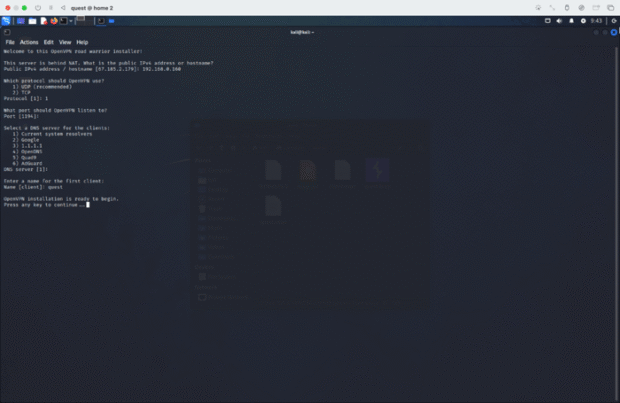
Virtual events have dramatically transformed how we connect, engage, and share experiences. The shift from in-person gatherings to virtual platforms has opened new doors for businesses, conferences, and social events alike. Whether it’s a webinar, conference, or corporate meeting, virtual events provide flexibility, cost-effectiveness, and increased audience reach. This article dives into how virtual events are reshaping industries and the best practices for hosting a successful event.
1. What Are Virtual Events?
Virtual events refer to gatherings that occur entirely online, enabling participants from around the world to attend without needing to travel. Platforms like Zoom, Microsoft Teams, and Webex allow organizers to host everything from large-scale conferences to smaller networking events. The key advantages include reduced costs, flexibility for attendees, and a global audience.
2. Why Virtual Events Are Becoming Popular
- Global Reach: One of the most compelling aspects of virtual events is the ability to engage audiences worldwide. With just a computer or smartphone and an internet connection, attendees can join from anywhere.
- Cost Efficiency: Companies can save money on venue rentals, catering, and travel expenses. This makes virtual events especially appealing to smaller businesses or startups.
- Sustainability: With no travel required and reduced material usage, virtual events are more eco-friendly, contributing to a company’s sustainability goals.

3. Best Practices for Hosting a Virtual Event
- Choose the Right Platform: Selecting the right platform is crucial. Ensure that the platform meets your event’s needs in terms of capacity, interactivity, and ease of use. Popular options include Zoom, Google Meet, and Hopin for more sophisticated events with multiple sessions.
- Engage Your Audience: Virtual events can often lack the energy of in-person gatherings. Keep your audience engaged by incorporating polls, Q&A sessions, breakout rooms, and live chat features. This interaction can significantly improve attendee satisfaction.
- Test Technology in Advance: Avoid technical glitches by conducting a run-through of the event before going live. Test your internet connection, audio, and visual equipment to ensure everything is running smoothly.
- Use Visuals and Media: Virtual events can benefit from the use of engaging multimedia content. Share presentations, videos, and graphics to maintain audience attention.
4. Types of Virtual Events
- Webinars: These are typically shorter and more focused on education or training, offering features like polls, Q&A sessions, and presentations.
- Virtual Conferences: Large-scale events that feature multiple sessions, speakers, and even virtual networking opportunities.
- Workshops: These are smaller, more interactive sessions that focus on skill-building or training.
- Networking Events: Virtual platforms now allow for one-on-one networking opportunities, using algorithms to match participants with similar interests.
5. Future Trends in Virtual Events
The future of virtual events appears promising, thanks to new technologies like augmented reality (AR) and virtual reality (VR) that enhance the experience. Attendees may soon enjoy a fully immersive event from the comfort of their homes. Additionally, hybrid events—which combine in-person and virtual elements—are becoming more common. This model offers flexibility while accommodating different preferences. maintaining some of the networking benefits of traditional events.
















Be the first to leave a comment